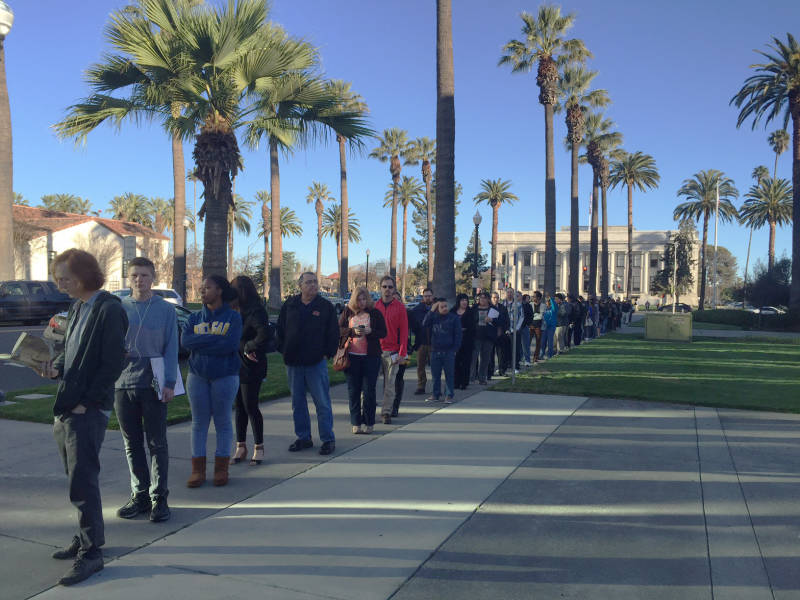Solano County has the highest rate of family poverty in the Bay Area but has been at the low end of assistance from foundations, according to a study commissioned by the county.
Eleven percent of Bay Area families making less than $23,050 annually lived in Solano County in 2012. But during that same time period, the county received only $3 per person in grant dollars.
In contrast, San Francisco, which accounts for 9 percent of families in poverty in the region, received $1,199 in grant dollars per person.
Because foundation dollars can play an integral and supplementary role in funding government services, the shortage in donations puts an "undue burden" on nonprofits there, according to the Applied Survey Research study, titled "Foundation Giving in the Bay Area: Who Wins, and Who's Left Behind?"
"The thing that was most surprising was that foundation giving doesn't seem to be linked directly to level of community need," said Michele Harris, executive director of First 5 Solano, a county agency that funds children and family programs. "It just widens the gap between Solano and our wealthier neighbors."

